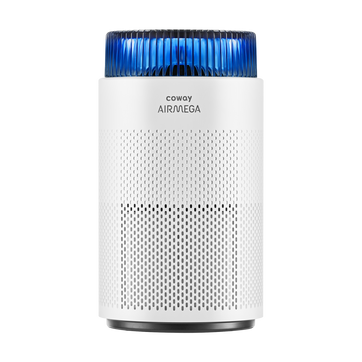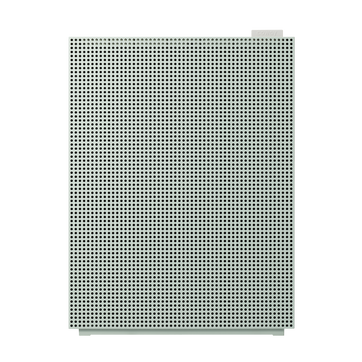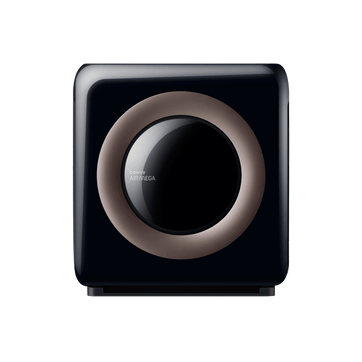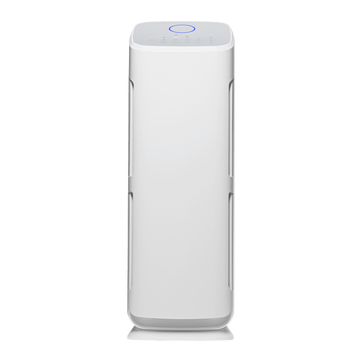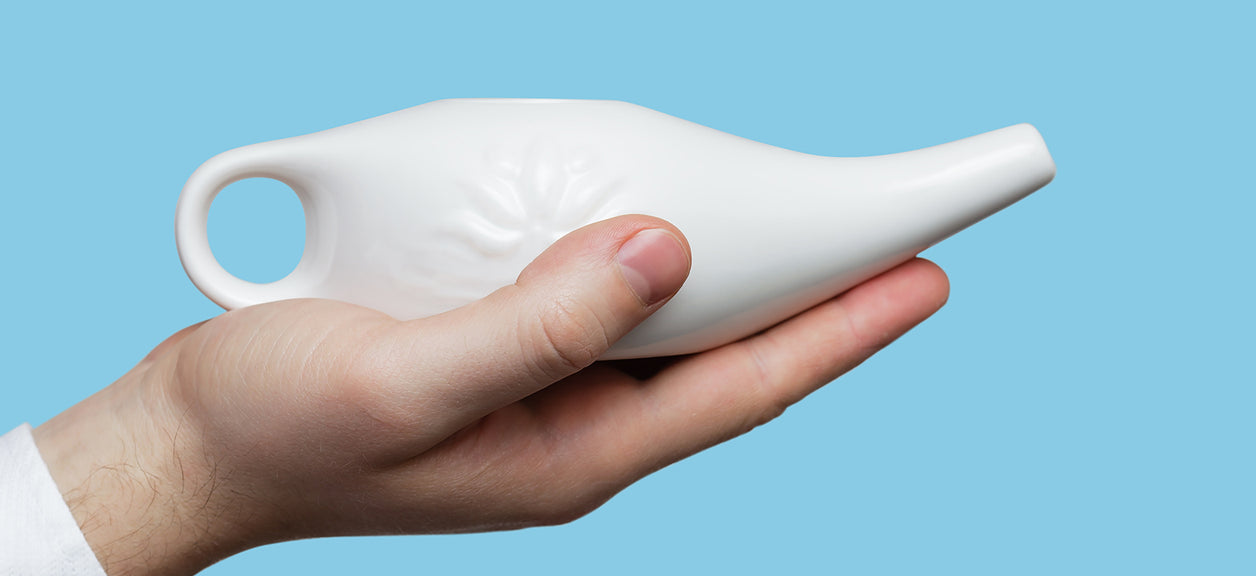
What is…nasal irrigation?
If you suffer from clogged nasal passages and other upper respiratory ailments caused by allergies or sinusitis, you know how miserable the experience can be. One way to get some much-needed relief is through nasal irrigation, a therapy that uses a salt and water solution to flush out the nasal passages.
The basics
When your body starts fighting a virus or during an allergic reaction, it creates extra mucus, sometimes clogging the sinus cavities in your face. Nasal irrigation lets you flush out mucus and debris from the nose and sinuses. You also can use saline spray or nebulizers to moisten the mucus membranes.
One of the most popular nasal irrigation methods is the neti pot, which looks like a small, oddly shaped tea pot with a long spout. You fill it with a special saline solution, tilt your head over the sink at about a 45-degree angle, place the spout into your top nostril, and pour the solution into that nostril. The fluid travels through your nasal cavity and out the other nostril. Always wash the device after use and follow by drying it completely.
Fast facts
- The earliest record of nasal irrigation is found in the ancient Hindu practice of Ayurveda.
- Bulb syringes are often used for nasal irrigation for infants and children
- To avoid the risk of infection, it’s best not to use tap water, which may contain small amounts of bacteria that, in the nose, can be harmful.
- Experts recommend not irrigating more than once a day.
Clear the air
Whether or not nasal irrigation is right for you, clearing the air of allergens is a great way to prevent blocked nasal passages. Here’s how:
- To keep the air free of allergens when it’s hot, try to close windows and use the AC.
- Vacuum and dust regularly, including outside entryways, and wear a mask when cleaning.
- Cut down on clutter which traps dust and other allergens.
- Use a smart air purifier with a HEPA filter, like Coway Airmega, which can help keep the air clean.
Disclaimers
1Coway air purifiers have been proven to trap dust, pollen, dander, viruses and bacteria in the air based on KCL (Korea Conformity Laboratories) testing.They have been tested in a 30㎥ size chamber according to the Korea Air Cleaning Association standard (SPS-KACA 002-132:2022 Modified) to measure the 0.01㎛ size of particle removal rate. It was tested on maximum airflow speed in normal room temperature and humidity conditions. The performance may vary in the actual living environment of customers.
→ Tested with Airmega Aim, 100, 150, 160, Airmega Tower AP-1216L, Airmega Mighty AP-1512HH, Airmega Mighty AP-1512HHS, 200M, Icon, IconS, 230, 240, 250, 250 Art, 250S, 300, 300S, 350, 400, 400S, 450, ProX
299.97% of viruses, bacteria, fungi and pollen were verified to be removed from the air for Coway air purifiers which have Green True HEPA™ filter applied based on the Japan Food Research Laboratories(JFRL) testing according to JEM 1467 standard.
→ Tested with Coway Airmega Mighty AP-1512HH, Airmega Mighty AP-1512HHS, 250, 250 Art, 250S, 300, 300S, 400, 400S
→ All tested by JFRL and received above result within below time.
All tested by JFRL and received above result within below time.
- Virus: Tested with Escherichia coli phage ΦX174 NBRC 103405, 60 minutes
- Bacteria: Tested with Staphylococcus epidermidis NBRC 12993, 60 minutes
- Fungi/Mold: Tested with Penicillium citrinum NBRC 6352, 60 minutes
- Pollen: Tested with Cedar Pollen extract, 60 minutes
3Aerosol test conducted in a Biosafety level 3 laboratory with two Coway air purifier models, Coway Airmega 250 and 400 for removal of SARS-CoV-2 Aerosol by US based MRI Global, a not-for-profit laboratory and partner of US Department of Defense. The test was conducted in a 13.1ft3 chamber. Virus was aerosolized for 15 minutes and the product was turned on high for 2 minutes. Result showed each product effectively removed over 99.98% of the SARS-CoV-2 in 2 minutes. This is a result from a laboratory experiment condition and result may vary in different conditions. This result does not imply it kills SARS-CoV-2 or prevents the transmission of Covid-19. Coway Airmega 250S and 400S are identical to the tested models and has equal performance with an additional mobile connectivity function.
4The concentration of ammonia, acetaldehyde and acetic acid were proven to be removed within 30 minutes by FCG Research Institute, Inc. Human Life Science Lab. It is not a demonstration result in the actual use space. Not all odors and gases may be supported. → Tested with Coway Airmega 150, 160, Airmega Mighty AP-1512HH, Airmega Mighty AP-1512HHS, 400, 400S
5The coverage area of the air purifier is based on an area where the air cleaner can make two air changes per hour (ACPH). An air change per hour translates to how many times an air purifier can clean an area, assuming the height of a ceiling to be 8 ft, in one hour. Therefore ** means two air changes per hour means that the cleaner can clean the area once every 30 minutes and * means air changes per hour means that the air purifier can clean the area once every 60 minutes.
10Terms and conditions apply. Discounts, including promotions, coupons, bundle discount and subscription discount, cannot be stacked on top of other coupons. During promotional periods, discount codes will not be able to be applied to orders. Promo codes may apply to products only—filters, accessories, and new products within 3 months of the release date are not included.






